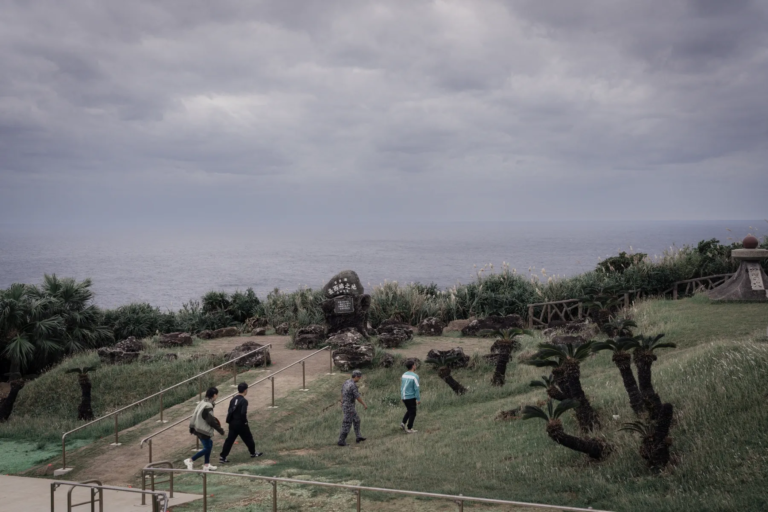
Indonesia’s government has slashed its counterterrorism (CT) budgets, despite the persistent and evolving threat of violent extremism. Australia can support regional CT efforts by filling this funding void.
Reducing funding to the National Counterterrorism Agency (BNTP) and associated initiatives aimed at countering violent extremism (CVE) risks undoing years of progress, creating security vulnerabilities that extremist groups and foreign actors could exploit. To support regional stability, Australia should strengthen CT cooperation with Indonesia, ensuring funding for important programs and enhancing adaptability of CT efforts.
On 22 January, President Prabowo Subianto introduced a sweeping budget efficiency policy for 2025. This directive aims to reallocate 306.6 trillion Indonesian rupiah (Rp), equivalent to AU$30 billion, from the national state budget to support a priority state welfare program focused on food security. About a third of the reallocation will fund the administration’s program for free nutritious meals for school children.
Indonesia’s CT programs are facing some of the most significant budget cuts. The BNPT has been hit particularly hard, with its 2025 budget slashed by 433 billion rupiah. This cut amounts to 69.1 percent of its original allocation of 626 billion rupiah.
Although Indonesia has remained relatively free from major terrorist attacks in recent years, the significant cut to the BNPT’s funding has sparked debate over whether terrorism continues to be a pressing concern for the nation.
The agency was established in 2010 following the suicide bombings targeting the Ritz-Carlton and JW Marriott Hotels in Jakarta in July 2009. It has an expansive scope of responsibilities and significant access to resources and authority. It is mandated to oversee all aspects of Indonesia’s CT strategies. Additionally, the BNPT is led by a ministerial-level official who reports directly to the president, facilitating smoother inter-agency coordination.
While the BNPT has made progress since its inception, the recent budget cuts could undermine Indonesian CT efforts.
In addition, the broader implications of the push in the United States to defund USAID could affect Indonesia, particularly its already underfunded CT and CVE programs. Many such projects run by local NGOs in Indonesia face financial uncertainty. Defunding USAID will only make this worse.
Through its various programs in Africa, the Middle East, and Asia—including Indonesia—USAID has supported programs aimed at countering the root causes of extremism.
For example, the USAID-funded Harmoni program was designed to support initiatives promoting tolerance and resilience against violent extremism in Indonesia. The project worked with various Indonesian government bodies, local civil society organisations and community groups.
Such programs have complemented BNPT activities, particularly in areas where government efforts have fallen short. Civil society organisations play a vital role in CVE, as they maintain close relationships with practitioners in the field, have strong local networks and offer specialised expertise in the Indonesian context. Collaboration between the BNPT and these organisations is essential for the success of CVE initiatives.
The programs should not be abandoned, even amid major funding reductions. Failure to invest in counter-extremism efforts now could lead to greater security threats in the future, which requires an urgent need for alternative sources of support.
Moreover, analysts warn that a loss of USAID support could provide Beijing with an opportunity to expand its regional soft power. The China International Development Cooperation Agency does seek to expand its government’s influence in the region. While it’s uncertain whether China would fund CT and CVE initiatives, the void could heighten their interest.
The decline in terrorist attacks by groups such as al-Qaeda and Islamic State should not be viewed as mission accomplished. Experts warn that terror threats are constantly evolving, and that complacency creates vulnerability. Sustained funding for CT and CVE is important for maintaining and strengthening national security.
Australia may be Indonesia’s best option for cooperation on CT and CVE. The two countries already have a history of collaboration in this area.
The Australian government has recognised the importance of international engagement strategies on CVE, and of reassessing such strategies. A 2022 report titled ‘Preventing and Countering Terrorism and Violent Extremism 2022-26’ acknowledged the need to ‘re-examine’ its CVE objectives through to 2026.
Similarly, in Australia’s 2025 CT and CVE strategy, titled ‘A Safer Australia‘, the government outlined its commitment to strengthening international and regional partnerships and continuing cooperation to build capability in Southeast Asia.
Australia can step in to provide support and funding to Indonesia’s CT and CVE programs. Continued investment in counterterrorism is essential—waiting until threats materialise will only lead to greater challenges and higher costs in the future.





